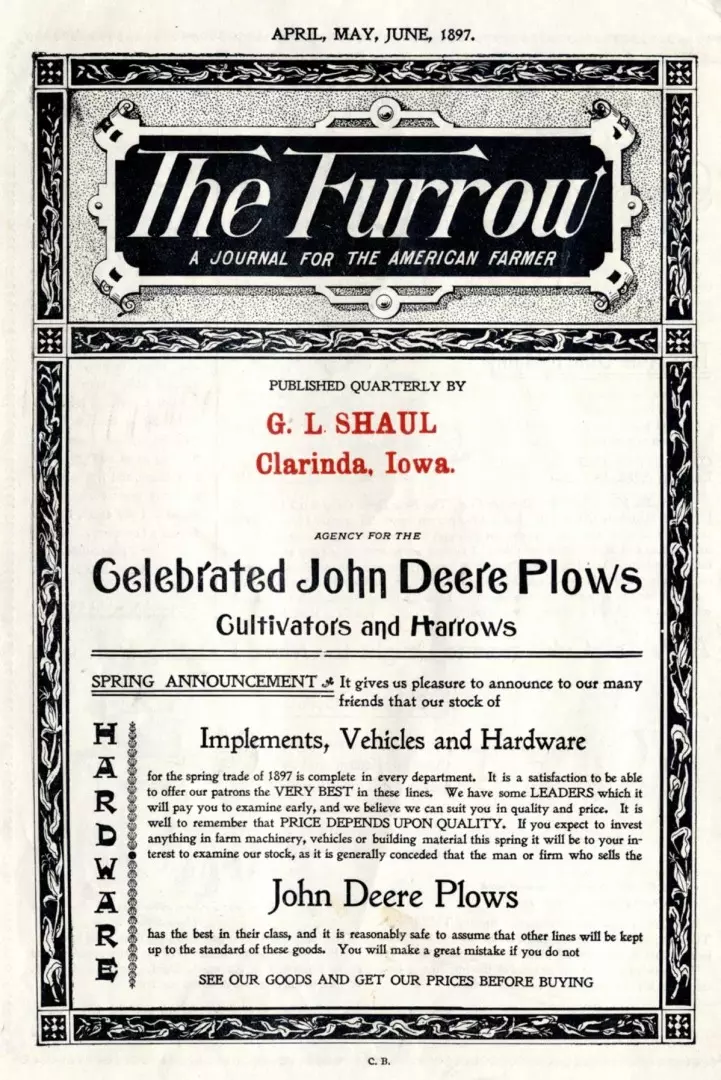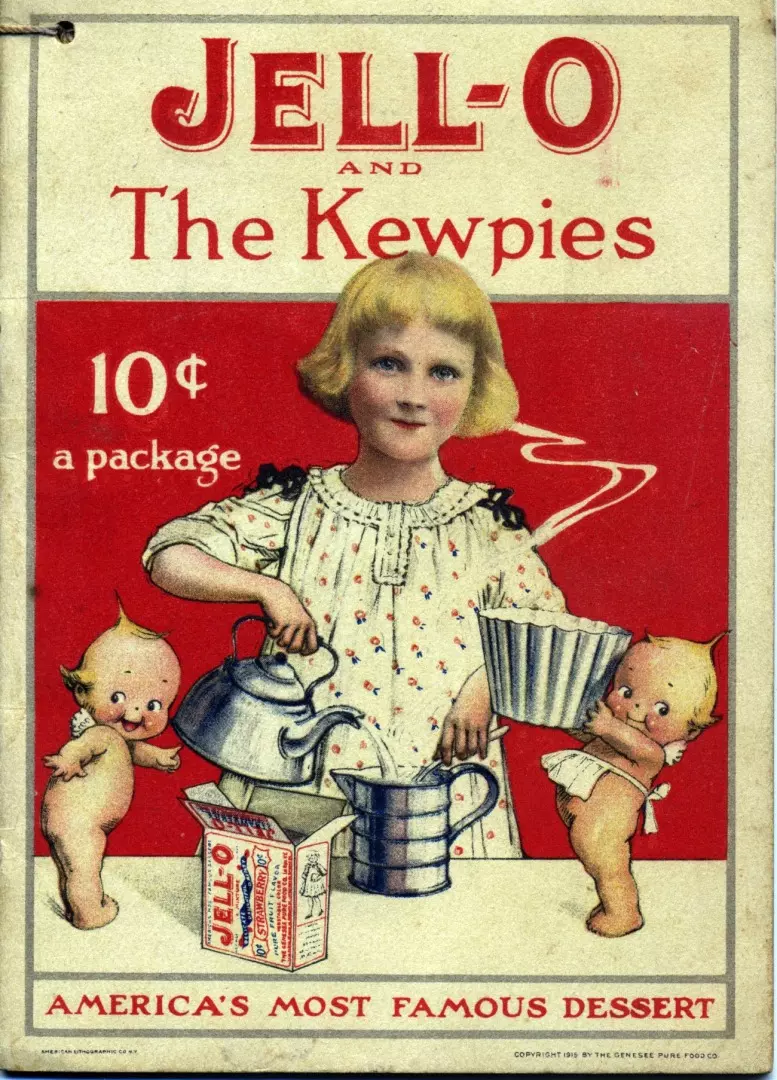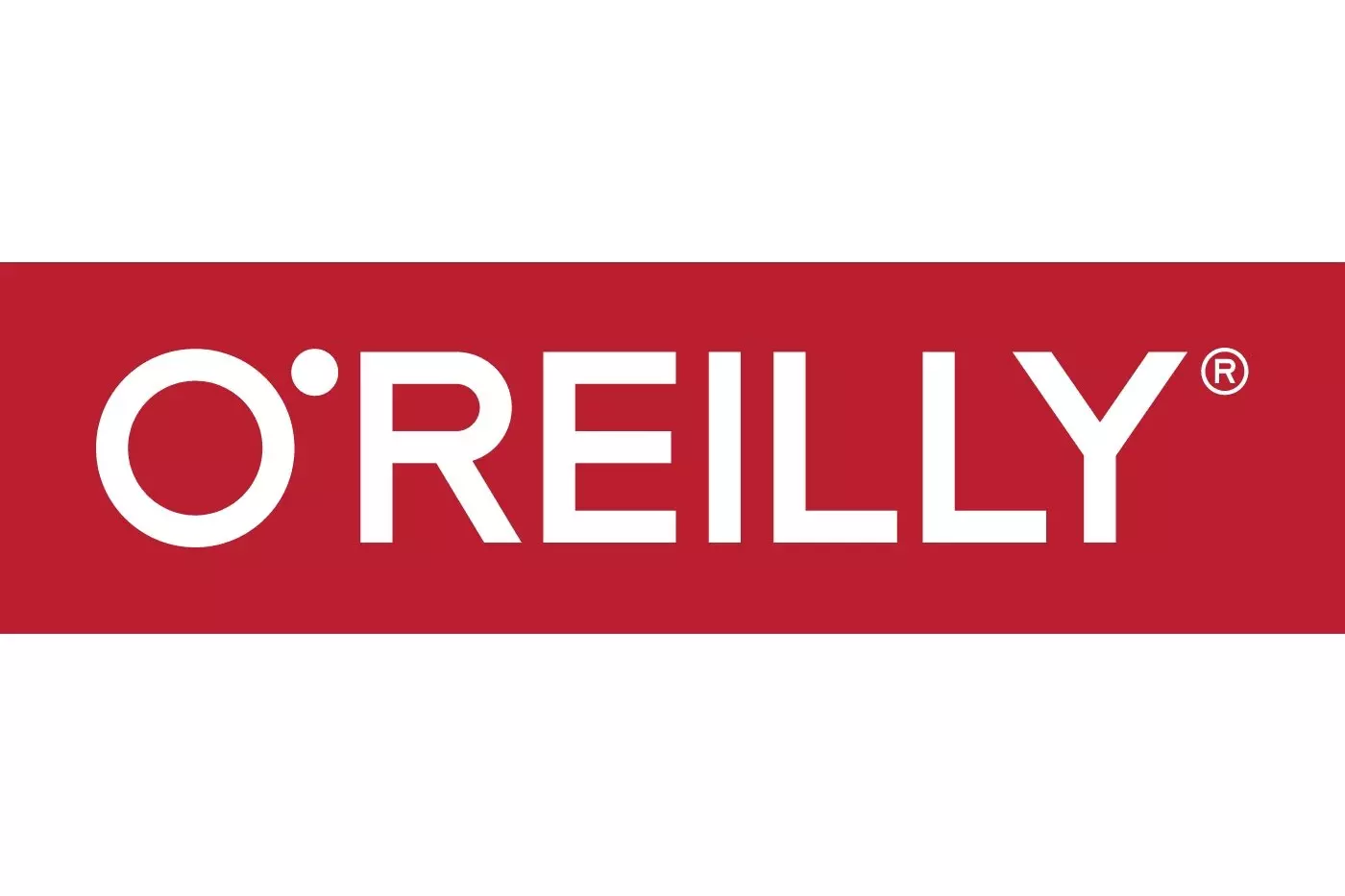Comments (5)
Richard Hill
Michelin guides are still coveted in 2021 !!!
Chris Gauthier
Insightful
Scott Andrews
Good read
Laura Parker
Learned many things from this article.
Tom Marks
Excellent article. Thank you for the information.

Content marketing is always evolving.
Tactics, tools and branding will change, repeatedly, monthly. But certain century-old fundamentals remain relevant today.
Content marketing started before the inception of the internet.
Many of the leaps in content marketing happened because companies adapted to technological disruptions. Brands that didn’t evolve or remember their audience do not exist today. Brands that have a long legacy took risks that paid off. Modern content marketing wouldn’t be where it is today if brands like Michelin in 1900 and Jell-O in 1904 hadn’t started aiming at specific groups. The internet democratized content marketing. Here are key moments that has shaped the history and evolution of content marketing.

The inception of The Furrow by John Deere in 1895 is largely seen as the birth of brand publishing.
The Furrow started as a quarterly magazine that reduced the gap between business and customer.
It didn’t overtly seek to sell products on every page. Instead, the Furrow strove to establish a connection between the brand and customer by sharing articles and agricultural hacks in addition to advertisements for John Deere products.
The magazine was so popular that it had four million readers by 1912.
The Furrow showed businesses that selling product with content marketing was about building brand loyalty and becoming a part of the consumer’s home.

In 1900, Michelin developed a 400 page guide. The Michelin Guide provided valuable information on places to find auto maintenance, hotels, and restaurants, and it also gave some general travel tips.
Even today, restaurants around the world seek the coveted Michelin stars to increase their prestige. The Michelin Guide not only benefited the businesses they included in the publication, but it also set the stage for consumer publications, ads directed toward a specific audience, and ads posted in niche magazines.

In 1904, Jell-O company distributed free copies of its first Jell-O Recipe Book book. It didn’t sell Jell-O, but instead gave people things to do with Jell-O. This inevitably ended up increasing sales. Thanks to this calculated move, Jell-O is now a household name.

The introduction of radio to many homes across the world created more content marketing opportunities for companies.
Radio helped brands to be part of households, bringing content right into homes, straight into consumers’ ears.
Sears started a radio broadcast called the “World’s Largest Store” Radio Show in 1924. Using the audience targeting that Michelin and Jell-O had established, Sears targeted the profitable farming industry. In addition to advertising Sears’ products, the show discussed farming and also had musical and comedic performances.
The "World’s Largest Store" show became so popular that it prompted more people to go and buy radios just so they could listen to the show.

In 1993, O’Reilly and Associates was the first company to launch a commercial website. This was really the moment when content broke the monopoly that advertising had on the media. Anyone with an internet connection could now create and forward their content.
In 1996, the phrase “content marketing” was born in at a discussion for journalists at the American Society for Newspaper Editors. Little did John F. Oppedahl know when he said the phrase that it would quickly become one of the most important terms in marketing.
In 1994, Justin Hall of Swarthmore College created the first blog. While some blogs have always been used as a kind of digital diary, blogs introduced the opportunity for brands to connect with their audiences, share more content, and continue to build their brand and tone. “Blog” became a term in 1999 when it was shortened from the word “weblog.”
The Internet became a dynamic channel – a laboratory where content marketers could continually find new ways to connect with audiences. In fact, so much content joined the web that in the early 21st century, Google developed ranking algorithms to manage the huge amounts of content.

As Internet usage expanded, social media platforms rose, becoming yet another channel through which brands could enter consumers’ homes.
Facebook, originally called “The Facebook,” started in 2003 and bought other companies such as WhatsApp, Instagram and Oculus. Instagram remains the most popular channel of choice for consumer marketers.
YouTube rose in 2005 and created a groundbreaking precedent for videos in content marketing.
In 2006, Twitter made hashtags popular. People used them to engage in real-time conversations with consumers about products and other issues. In 2016, TikTok was created and spearhead the video marketing movement.
Social media platforms introduced a new dimension to present campaigns, allowing immediate interactions between brands and consumers.

There are 4 pillars that are still relevant ever since the inception of content marketing:
You have to know their needs, wants, personas and behaviour.
What are your goals? Why are you writing? It's important to know your goals to launch an unforgettable content marketing campaign.
The building blocks for a successful content marketing strategy should include conducting planning and creativity.
Connect your audience to your products and services in the right channels. Think outside the box to stand out from your competitors.

Content marketing is always evolving because of new individual needs, small attention span of the audience, and the way companies interact online is different compared to the past.
Social media platforms target different groups, and there is a variety of content from brands.
Users have a wider range of choices when it comes to content. Businesses can’t get away with just writing blog posts and publishing videos.
Now, there are other tools such infographics, webinars, podcasts and audiobooks.
But what has changed?
- Formulas for copywriting
- Tactics, tools and tips
- SEO and keyword planning
- Content formats (online & offline)
- Branding and storytelling
- Research
- Data analytics
- Strategies
- Technology
- Advertising (online & offline)
It has become easier to do content marketing.
It’s never too late to learn content marketing and become really good and master it.

Content marketing will continue to change. New technologies will emerge and audience preferences will shift. Businesses must stay on top of the latest trends to ensure that their content marketing plan is always relevant.
Stay in tune with your audience and listen to their feedback to keep developing content they’re interested in.
Do you know your audience and how are you improving your content marketing skills? Let us know in the comments section.
Michelin guides are still coveted in 2021 !!!
Insightful
Good read
Learned many things from this article.
Excellent article. Thank you for the information.
Novnish is a Content & Campaign Marketing Manager EMEA - helping companies and brands generate results with marketing activities. He is a passionate, cross-functional, creative and result driven marketing specialist with almost 8 years of marketing experience across product marketing, digital marketing, project management, content and campaigns. He believes that marketing activities should create value within the market and to the consumers using data, insights and innovative strategies.
Leave your comments
Post comment as a guest